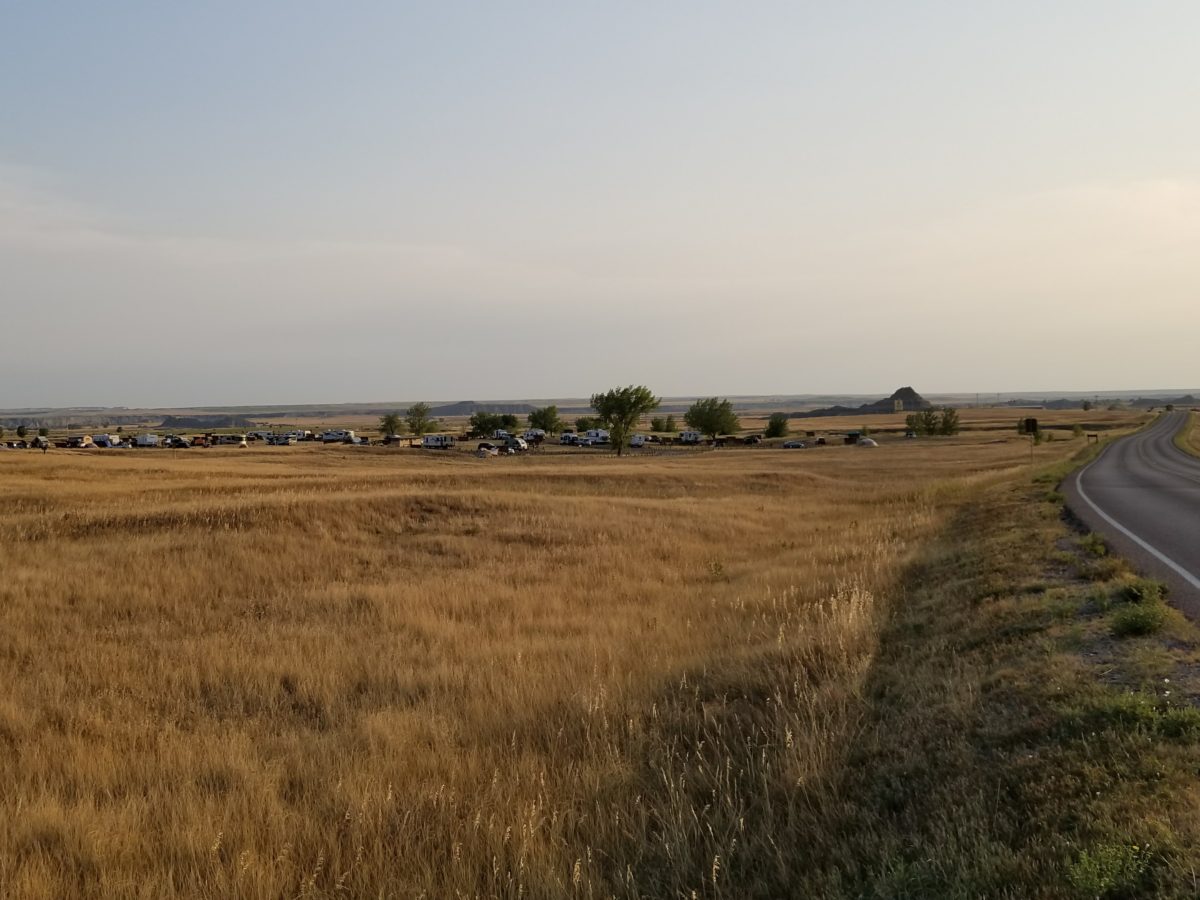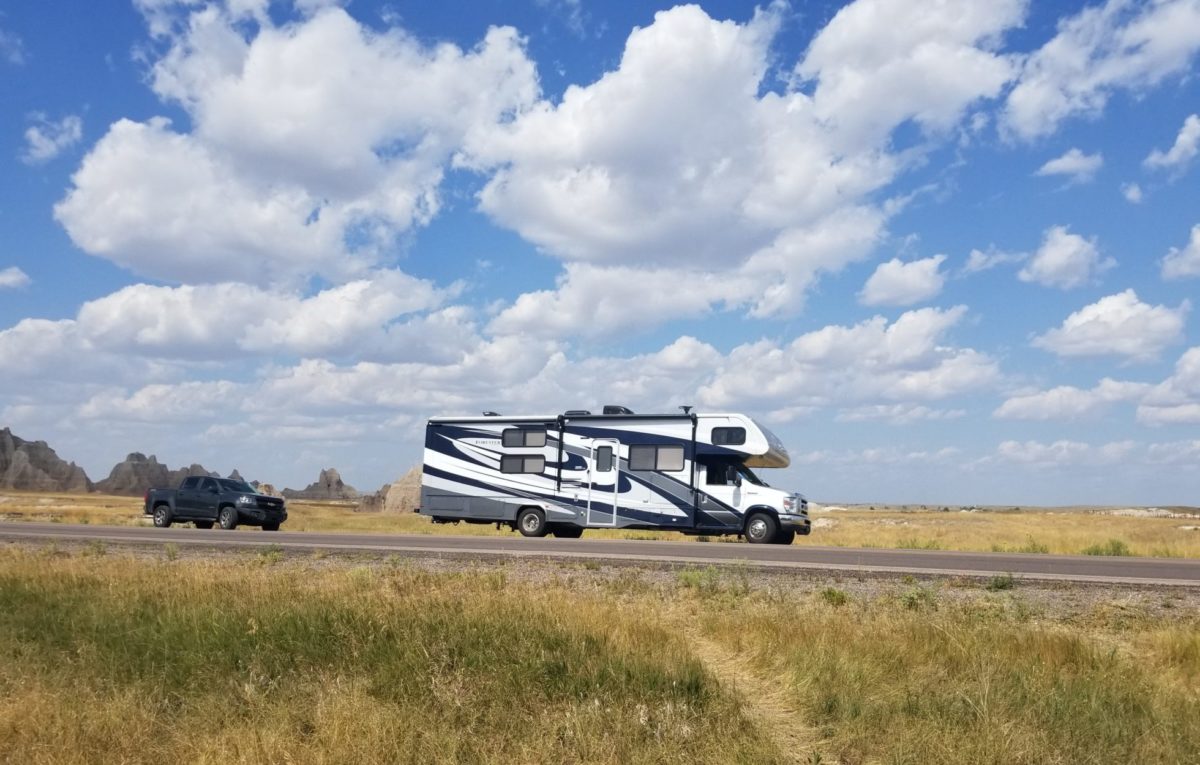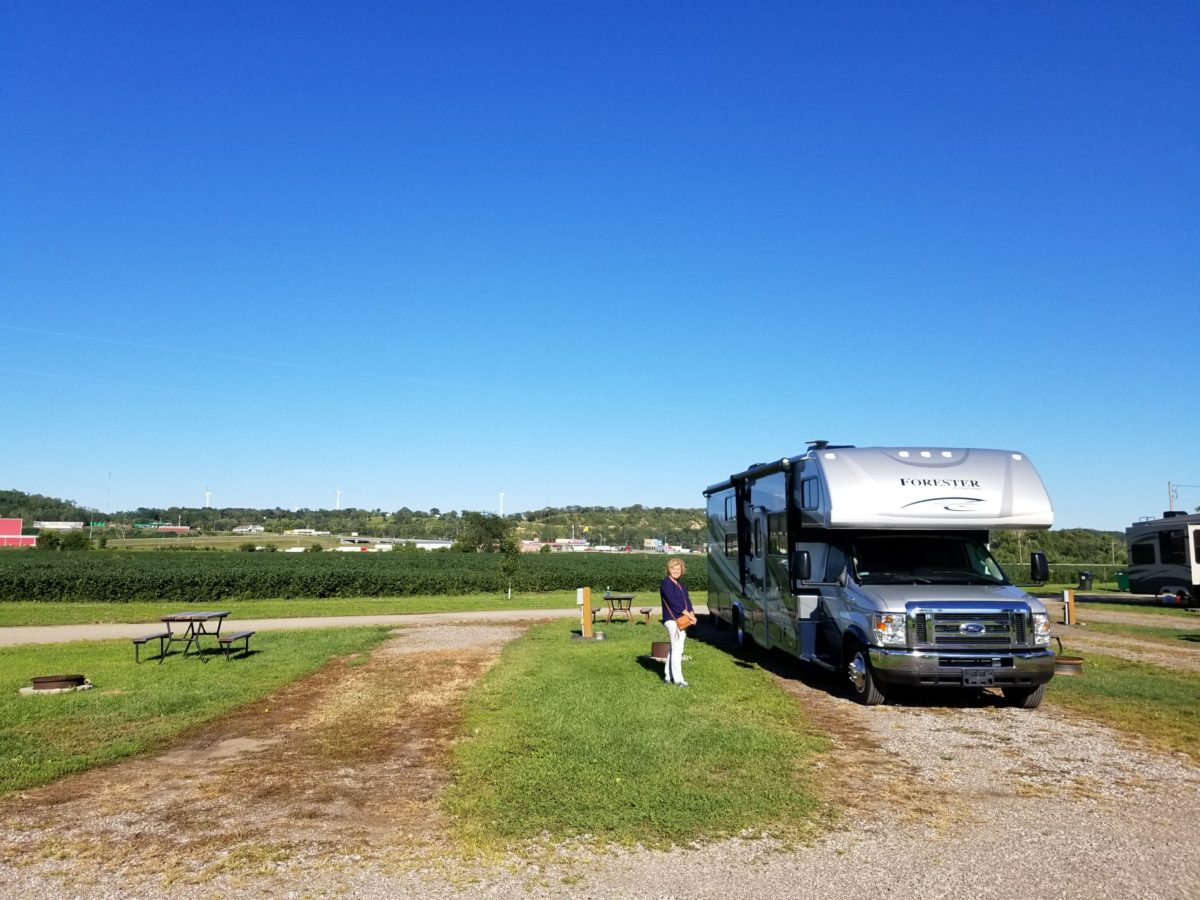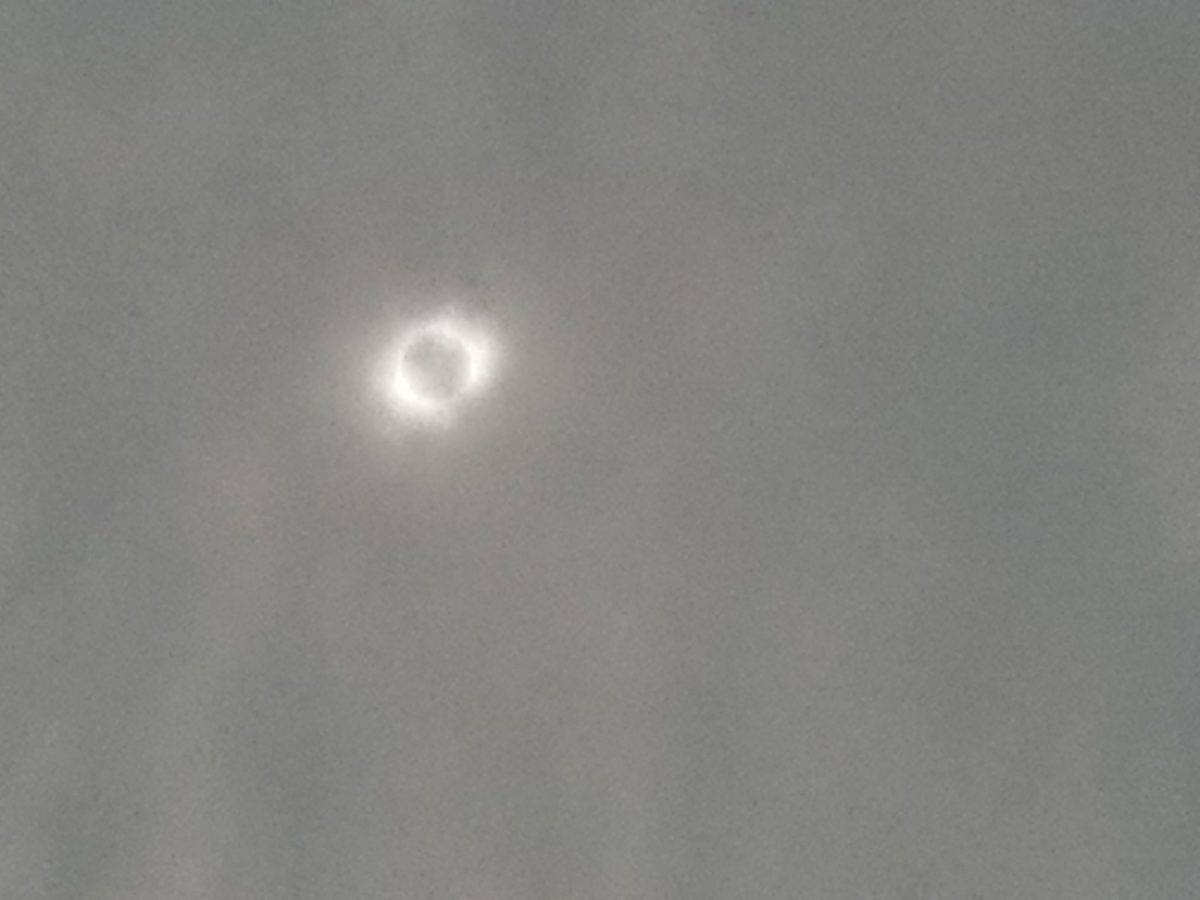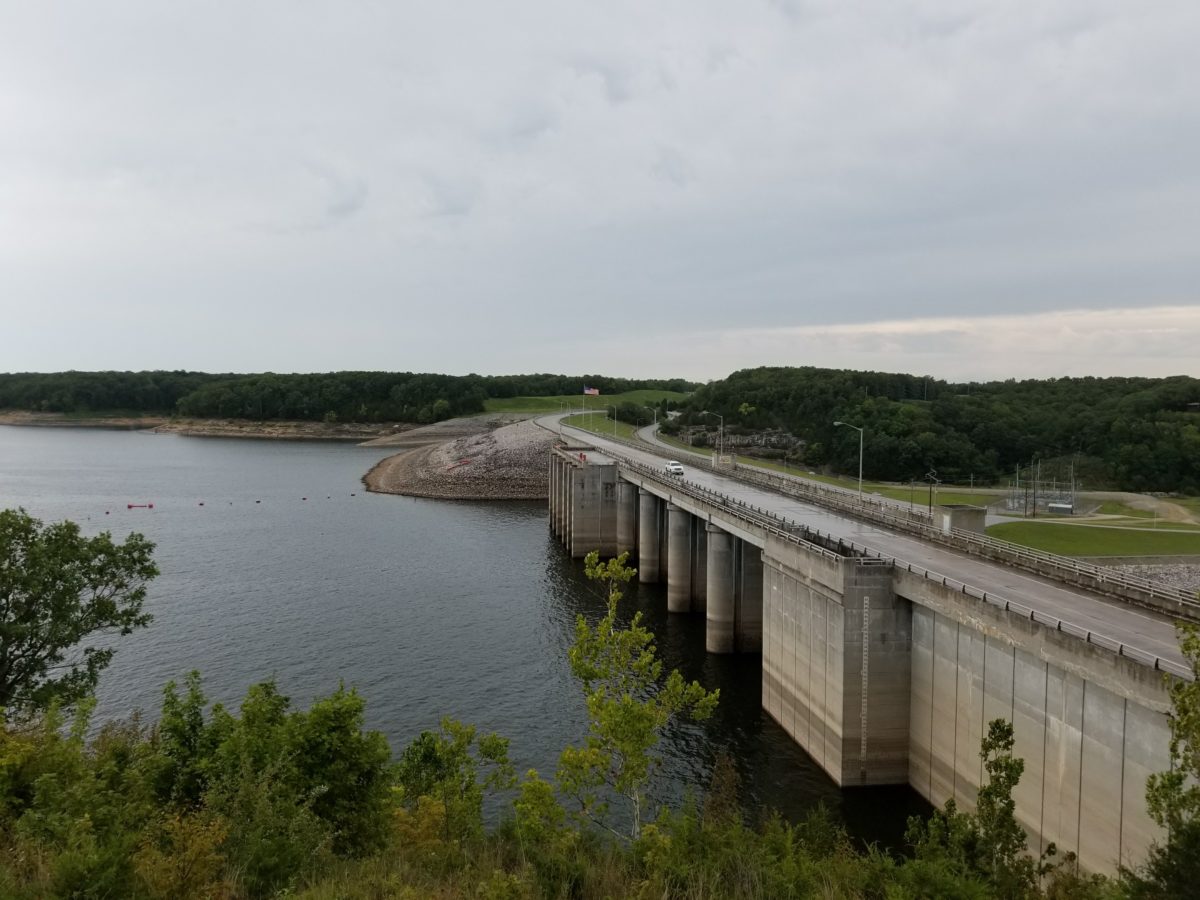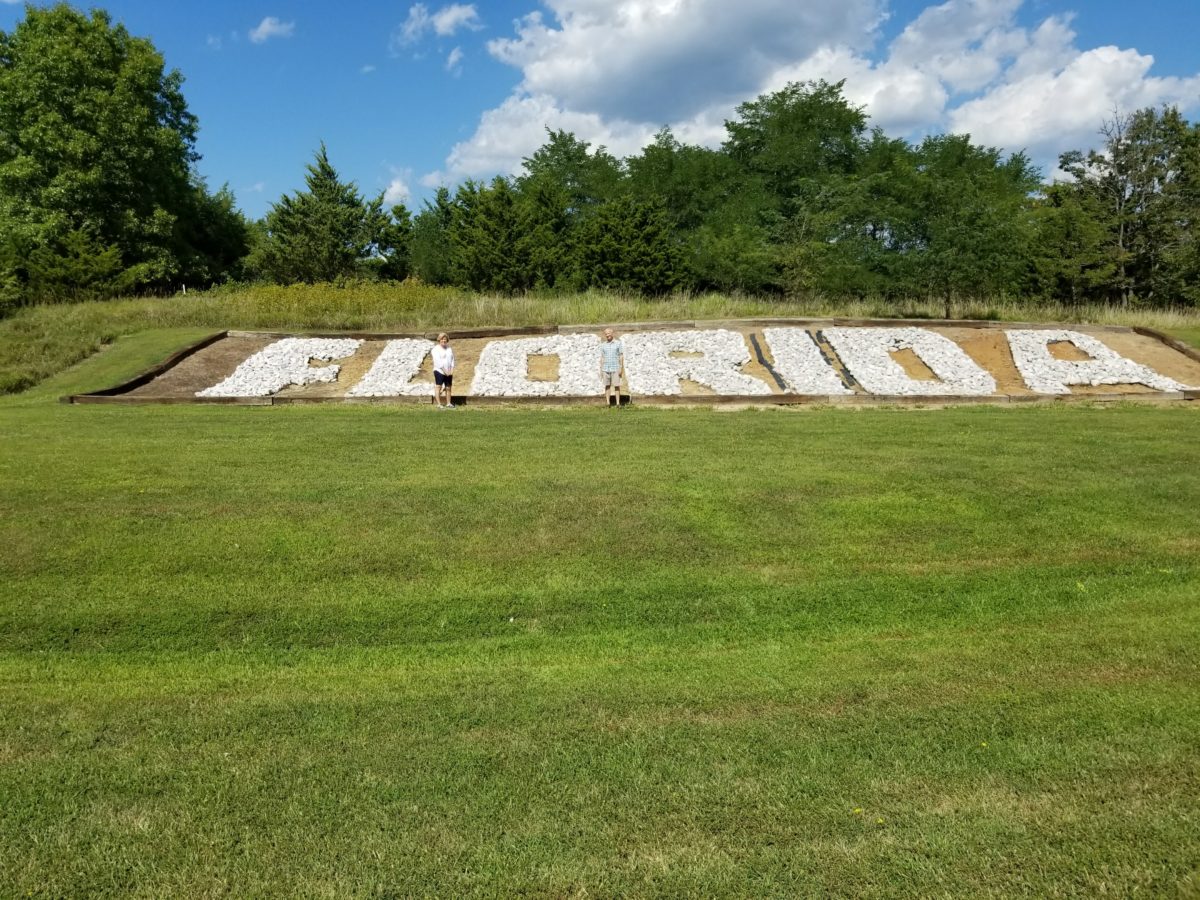Probably since the days when I watched Yogi Bear Jellystone cartoons on TV, I thought that was every American would spend a two-week summer vacation at Yellowstone National Park. I didn’t know I would be an old man when I got there. But I did get there. We drove our rig right through the arch where Teddy Roosevelt established the world’s first national park. They’ve moved the road so that the traffic doesn’t generally go through it. I was determined to do it. I parked nearby and walked around to discern the path. I love these photos.


It didn’t take long to spot an elk.

After leaving the visitors center, one of us thought we should head to Mammoth Hot Springs since it was nearby. The other one pointed out the time of day and said we should head for the campground. We agreed after we were moving, necessitating a turn around. We were at one of the places at Yellowstone National Park where the rig could readily turn around. But, leaving the spot, we were suddenly presented with a choice of roads. One of us thought we should go on one road and the other one thought we should go on the other road. We went on the other road. Wow, all my plans to avoid the hardest roads were voided in a split second. Both roads will get you to our destination, Fishing Bridge. We ended up on the narrowest road, one that climbed over Dunraven Pass over Mt. Washburn. Jane was at the wheel. The road was extremely narrow and the switchbacks were acute. There was no way to keep the rig and all the wheels of the truck on the pavement at the same time. My eyes were darting from the view ahead through the windshield, to the view of the truck trailing behind in the rear view camera. In some places the drop off from the pavement was so large, I was afraid that, when the rear wheels of the truck dropped off the pavement, the truck would start over the precipice and pull all of us over the side of the mountain. I literally had to cover my eyes at times!
That poor engine. I feel sorry for it. The elevation of the pass is 8,859 feet. The elevation of the North Entrance is 5,600. That Ford was screaming. The gas E450 Super Duty V-10 has the power, but it was screaming and gasping for oxygen at 9,000 feet. It had a 14,600 pound house on its back and 5,000 pounds of “dead” weight dragging behind. There was no place to pull off; nothing to do but grip the wheel and pray for the best. Finally we reached the top of the pass and there was a turnout with one space large enough for the rig. Thank the good Lord no one else was in it. We pulled off, mashed the parking brake to the floor, turned the engine off, and took deep breaths. (All four of us.) One of the reasons we had been towing this truck all the way from Georgia was to be able to enjoy roads like this in a smaller vehicle.
The parking spot was actually just this side of the crest. It was significantly sloped. As you RV’ers know, you want to connect and disconnect the towed vehicle on as flat a spot as possible. We considered the making the downhill run as is, or whether to attempt to disconnect. I wasn’t sure we could get the tow bar lose with that slope, but we did. Before removing those pins, I made sure Jane was in the truck in case it broke away and started over the cliff.

The downhill run was a piece of cake. Jane piloted the truck and said it felt effortless. The RV also seemed relatively easy, even before the road straightened out. Before reaching Fishing Bridge, we ran through Lamar Valley, where the wildlife congregates late in the afternoon. Now we had to drive around bison and throngs of people in the road. We made it to Fishing Bridge, as is typical, just before dark. This isn’t how we planned it, but reality doesn’t give a whit about plans.


I’m waiting in the RV, parked behind the truck while Jane registers. A woman walks up and takes a photo of the license plate on the truck. This is the first of several incidences in national parks when people would take pictures of the Georgia plates. That one’s hard to find.
Jane goes first to guide me in. Somehow Jane gets away from me; I don’t see the truck. I’m rounding a sharp curve in the camping loop, not knowing where I’m headed, looking for the truck and trying to watch out for kids on bikes. It’s getting hard to see. Rounding the curve very slowly, I see what looks like a black bean bag land on a board. The loop is so tight, I can only see part of the board. A red bag lands. I start thinking. Then I see the Georgia “G” on the corn hole board. I stop and holler, “I like those colors!”, and get a “Go Dawgs!” response.
We get set up. The beer tastes good. I wonder what the next adventure will be.


